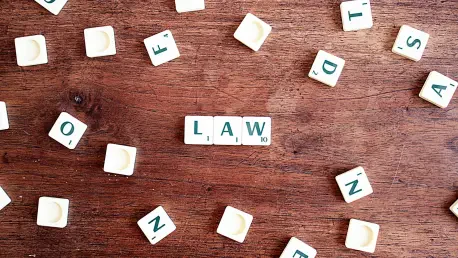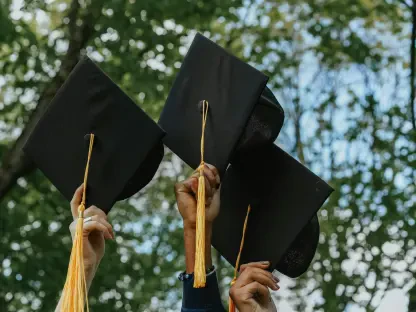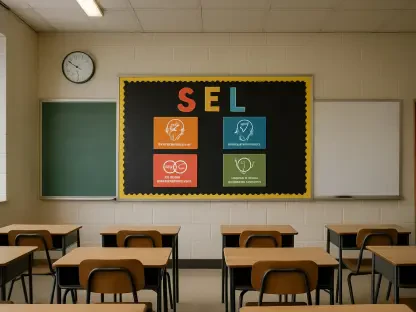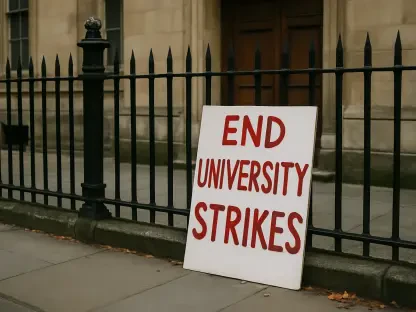Imagine an institution striving to be a beacon of inclusivity while navigating the rough seas of legal compliance. As George Mason University finds itself under the microscope of federal investigations, a critical question arises: Are diversity initiatives in higher education inadvertently transforming into barriers, rather than bridges, on the path to true inclusivity?
The Tangled Web of Justice and Education
The recent investigations mounted by the U.S. Department of Justice and the Department of Education have brought George Mason University into the spotlight for allegedly discriminatory practices in hiring and inclusion efforts. These inquiries tap into a broader national discourse that questions whether educational institutions, in their zeal for diversity, are breaching federal non-discrimination statutes such as Title VI and Title VII. The ramifications of these probes could extend beyond campus borders, casting a long shadow over universities nationwide as they reassess their policies and practices.
The Intersection of Diversity Goals and Federal Scrutiny
The central focus of the Department of Justice’s probe is the university’s hiring strategies, which are said to prioritize diversity, potentially at the expense of fair legal practices. Allegations suggest these methods may contravene the standards set by Title VII, sparking a debate over whether diversity aspirations have crossed into the territory of unlawful discrimination. Concurrently, the Department of Education delves into accusations related to racial bias and the handling of antisemitism, underscoring a tension between fostering diversity and adhering to federal mandates. These issues echo challenges faced by other institutions, illustrating a growing pattern of federal oversight in educational diversity endeavors.
Voices and Perspectives
Amidst the investigation, President Gregory Washington stands firm in defending the university’s diversity initiatives, citing alignment with the One Virginia Plan designed to enhance inclusivity across state jobs. Critics, however, view these federal probes as indicative of potential governmental overreach, suggesting a shift in the interpretation of civil rights under varying political administrations. While Washington articulates the university’s commitment to inclusivity, others contend these investigations symbolize a broader reevaluation of civil rights applications, potentially stymieing progress for initiatives historically aimed at supporting marginalized communities.
Navigating Uncharted Waters
In the wake of mounting scrutiny, universities like George Mason must strategically navigate these complexities to balance robust diversity programs with rigorous adherence to legal frameworks. Institutional leaders face the challenging task of integrating accountability and transparency within their diversity strategies to mitigate the risks of legal backlash. As federal investigations unfold, universities may find it beneficial to adopt clear compliance measures to ensure initiatives foster diversity without infringing upon legal norms. A structured framework can illuminate paths toward innovation, allowing diversity and legality to coexist harmoniously.
Looking Ahead: Implications and Opportunities
As the inquiries at George Mason University continue, the outcomes could significantly impact the institution’s policies and leadership dynamics. The situation evokes a broader contemplation among academic institutions: How will they adapt their diversity aspirations to comply with evolving legal standards? These investigations have opened a dialogue on refining inclusion strategies that champion diversity while honoring civil rights. Institutions must now contemplate how to sustain inclusive environments that withstand legal scrutiny, prompting a reevaluation of diversity’s role and implementation in American higher education.









